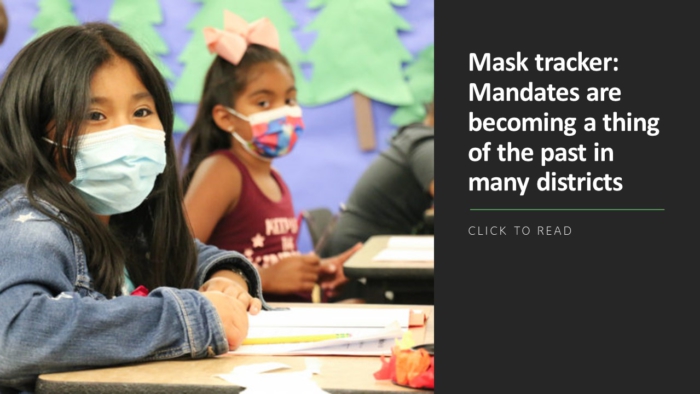For many schools across the country, students are finishing up their first month back in the classroom for what they anticipated to be the first year of normalcy following the pandemic.
Although districts have overwhelmingly agreed to make COVID a thing of the past, the concerns and emotional impact of school safety-related incidents still linger.
Kenneth Trump, president of National School Safety and Security Services, told District Administration before the school year began that he anticipated another difficult year, and about a month in, it seems he was correct.
Several schools have already dealt with incidents involving students with handguns in their backpacks. Cyber security is also becoming a bigger issue for schools as they’re facing ransomware attacks from a mid-level criminal organization known as Vice Society.
In addition to these problems, Trump says there are currently three “very clear and disturbing trends” that have arisen since the start of the school year.
Swatting in schools
Schools in Texas, California, Florida and other states have been targeted by swatting threats, false reports made to emergency services about crimes with the intention of needlessly sending law enforcement to investigate the scene or harass innocent people, which are becoming “exceptionally widespread,” according to Trump.
Typically, they’re made via computer-generated phone calls or digital messages, he explains. But districts can implement strategies to mitigate the consequences of receiving fake threats.
“School leaders need to have threat assessment teams, protocols and training in place ahead of time to hit the ground running if a threat is made,” says Trump. “Administrators should create a list of potential ‘heightened security’ measures that they can quickly implement if a threat is determined not to be credible and they continue school while the investigation moves forward.”
Additionally, administrators need to adopt new methods and communications teams that reduce the risk of overreaction in response to a false threat, which can also lead to negative outcomes for students.
“School administrators must be sure to assess and then react, not react and then assess,” he says. “Overreaction can place students and staff in less safe situations, such as when schools unnecessarily automatically evacuate or close school. They also need to have crisis communications plans and social media strategies in place to manage the communications frenzy that comes along with managing the investigation of the threat incident itself.”
More from DA: This is why it’s imperative for smaller districts to share information about cyberattacks
Violence at athletic events
Since school sporting events have started up again, gun-related incidents have also followed. According to Trump, an “alarming number” of students have been caught with firearms, especially during Friday- and Saturday-night football games.
Current security measures simply aren’t enough to prevent and react to an immediate threat, he explains.
“School leaders need to develop athletic even security and emergency preparedness plans that go beyond simply hiring a few off-duty police officers to work the game,” says Trump. Planning with opposing team athletic directors, detailed plans for security, police and school staff supervision, ticketing and in-out rules, communications capabilities, coordination with local law enforcement, and other measures can reduce these safety risks.”
Loaded guns on campus
In previous gun-related incidents, according to Trump, students would often carry unloaded handguns on their persons. However, he says students are now resorting to using firearms when a fight breaks out.
“We continue to see an uptick in confiscation of loaded guns and, particularly concerning, the use of guns on campuses,” he says. “Now we are seeing kids and others pull out guns in the middle of fights. A coach was shot while breaking up a fight outside a California school a couple of weeks ago. A shooting occurred outside a school in Baltimore where the school police were present about two weeks ago.”
Building strong student-administrator relationships, he explains, will significantly reduce the risk of gun-related incidents in schools. Communicating with students about the consequences of bringing a firearm on campus goes a long way.
“Most importantly, school leaders need to build relationships with students because the number-one way we find out about weapons, plots and kids considering self-harm is when kids come forward to tell an adult they trust about these incidents.”



